The world’s first robot citizen wants to start a family and have a career, but also believes AI will grant her ‘superpowers’ in the future.
Get the latest international news and world events from around the world.
Bright fireball over England
Bright fireballs seen over southern England by dozens of people. Watch videos here: https://asteroidday.org/11-26-2017-bright-fireballs-…of-people/
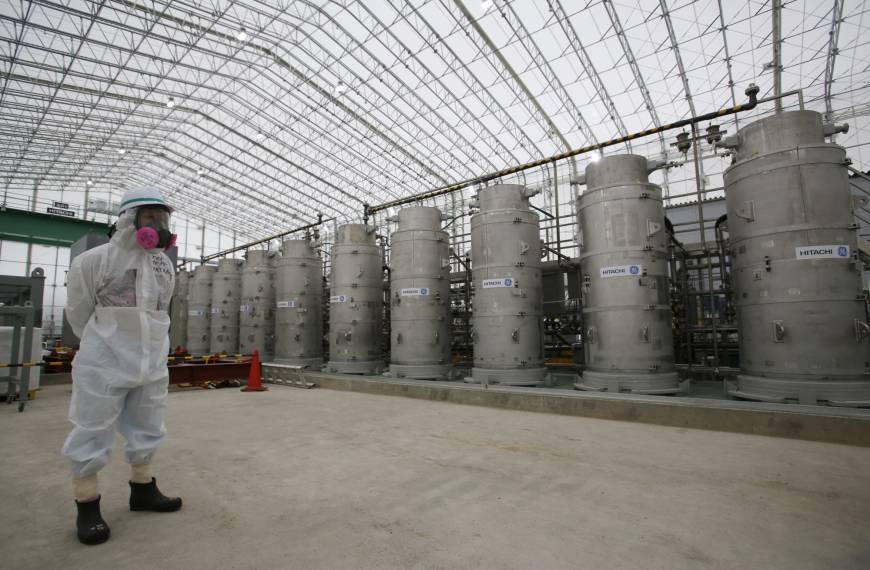
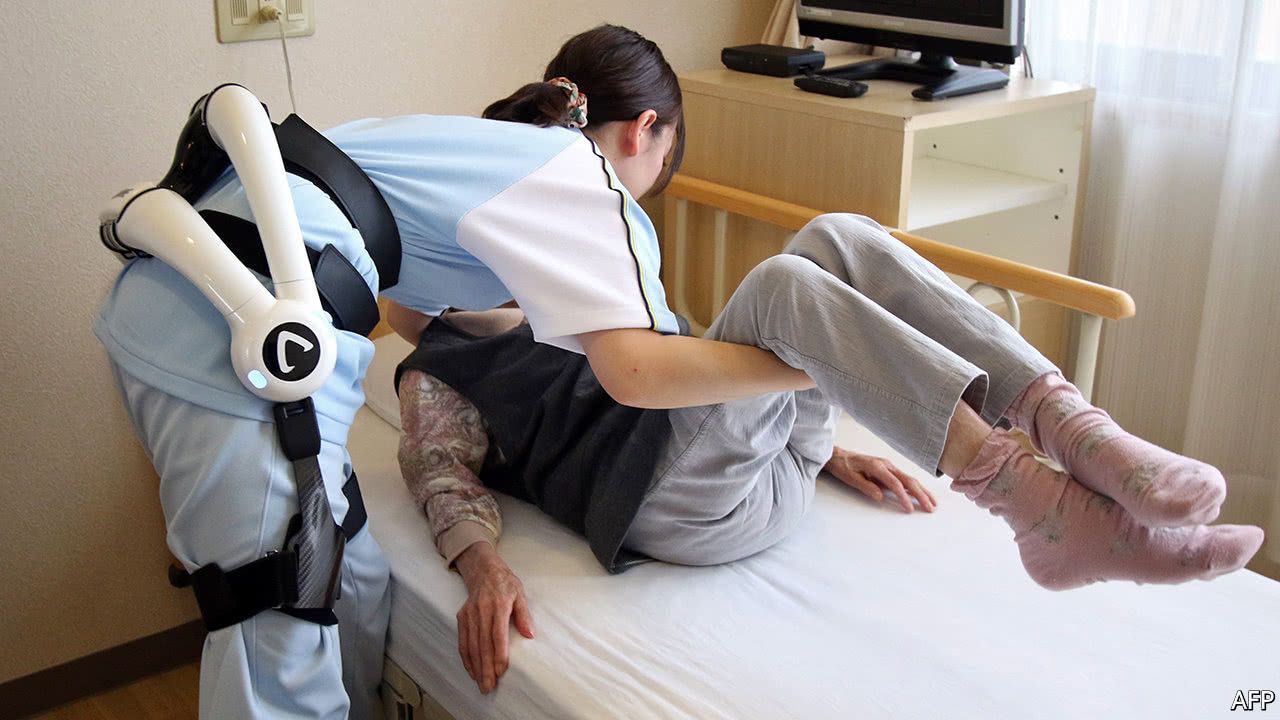
Japan is embracing nursing-care robots
Japan leads the world in advanced robotics. Many of its firms see great potential in “carerobos” that look after the elderly. Over a quarter of the population is over 65, the highest proportion of any country in the OECD. Care workers are in desperately short supply, and many Japanese have a cultural affinity with robots.
AT SHINTOMI nursing home in Tokyo, men and women sit in a circle following exercise instructions before singing along to a famous children’s song, “Yuyake Koyake” (“The Glowing Sunset”).

DARPA Wants to Use Genetic Modification to Turn Plants into Spy Tech
DARPA has a new surveillance program in the works, and it doesn’t involve training human agents or AI operators. Instead, the research arm of the U.S. Department of Defense wants to genetically engineer plant-based sensors as battlefield spy tech.
The Defense Advanced Research Projects Agency (DARPA), the think-tank that’s under the U.S. Department of Defense, recently announced that it’s working on a new project that could change how pertinent information is gathered on the battlefield. The project, dubbed the Advanced Plant Technologies (APT) program, examines the possibility of turning plants into next-generation surveillance technology.

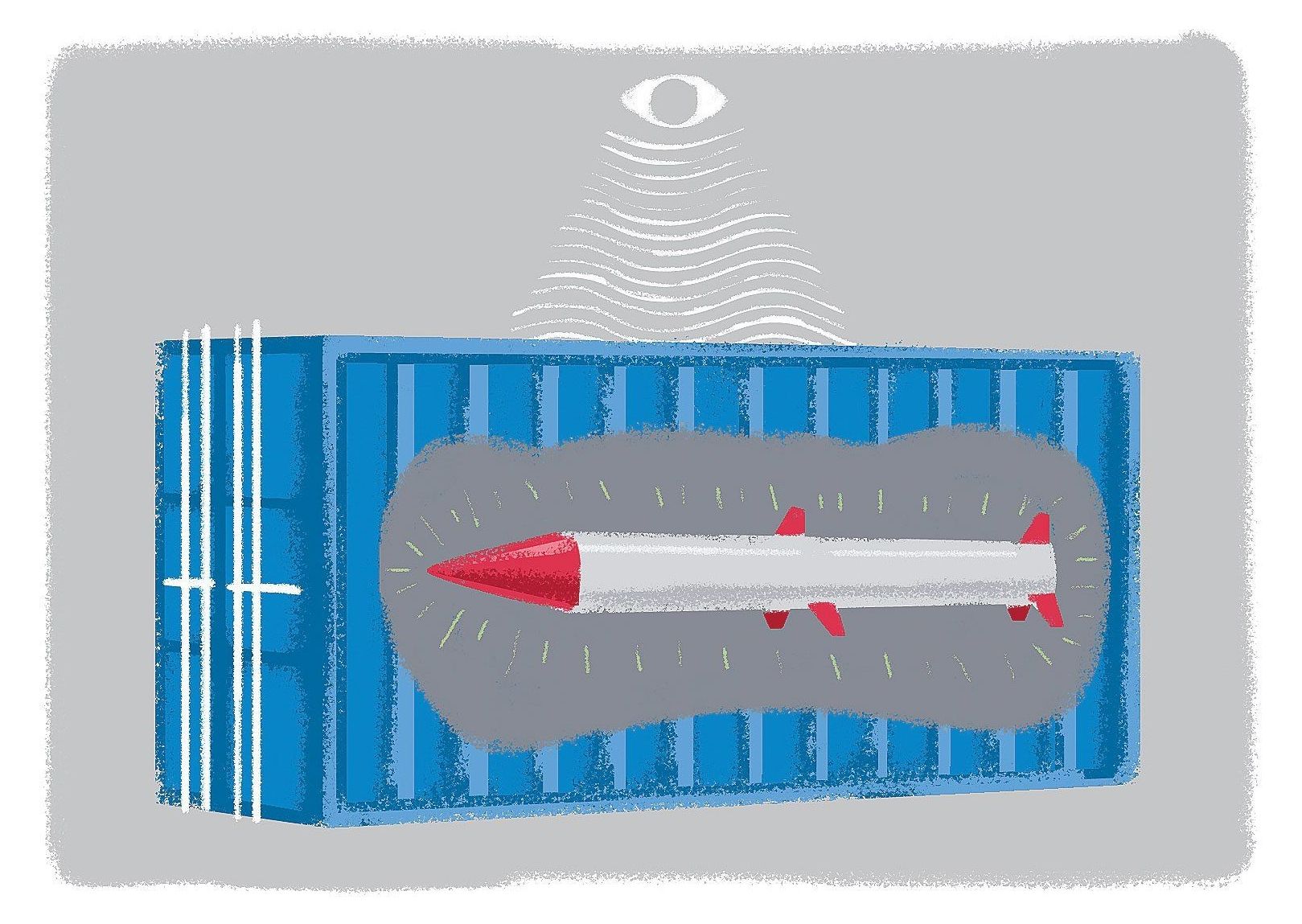
New systems must be put in place that can detect missile containers
ANALYSIS/OPINION:
We have recently seen evidence of how our national security was compromised by the Obama administration’s approval of the Uranium One deal that gave Russia 20 percent of our uranium reserves. We are now learning more about the serious security compromise at Port Canaveral and its adjacent military infrastructure.
The container port is not only close to U.S. Air Force facilities and NASA’s Kennedy Space Center, but more importantly, it is adjacent to our strategic ballistic missile nuclear submarine base. A Nov. 2 Center for Security Policy updated “occasional paper” exposes this “perfect storm” of a threat tied to Russia’s Club-K container missile system.
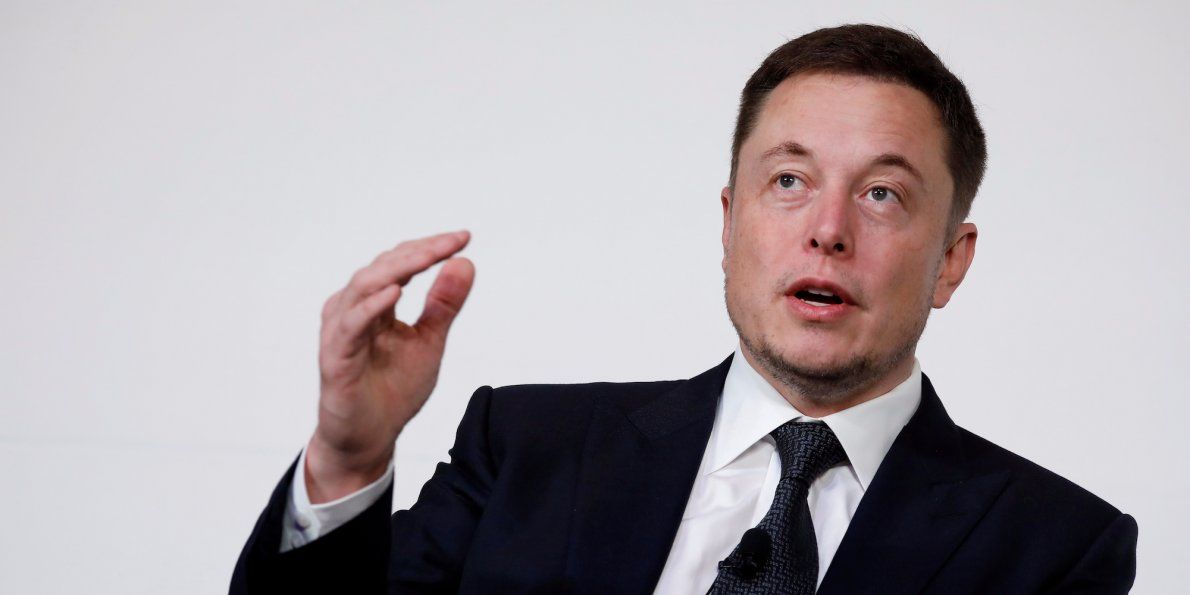
The jury’s still out on whether universal basic income will save us from job-stealing robots
In this new Business Insider article, my ideas on peak labor and Universal Basic Income are pitted against MIT scientist Andrew McAfee. I’m excited to see my government shrinking Federal Land Dividend proposal getting out there. Story by journalist Dylan Love: http://www.businessinsider.com/will-universal-basic-income-s…?r=UK&IR=T #transhumanism #libertarian
Does free money change nothing or everything?
Universal basic income (UBI) is the hottest idea in social security since Franklin Roosevelt signed the New Deal in 1935, and it is fairly understood as free money given to citizens by their government. Though the idea traces its roots back to the 16th century as a “cure for theft,” UBI has gained new consideration and momentum these days, as high-profile techno-doomsayers like SpaceX founder Elon Musk point to it as an economic solution for big problems predicted to arrive soon.
The future is coming, Musk and his ilk warn, and it’s bringing increased automation and intelligent technologies with it that will eventually overtake the human capacity for work. All-capable robots will cause widespread human unemployment, goes the thinking, plaguing our income and livelihood for generations.
If the “robots are stealing jobs” on the level that the party line portends, then UBI presents itself as a compelling solution to this unusual, hypothetical problem. There’s already some real-world precedent for it: a UBI pilot program in Finland sees the government send a small amount of money to 2,000 unemployed Finns each month, and the initial results are quite positive.
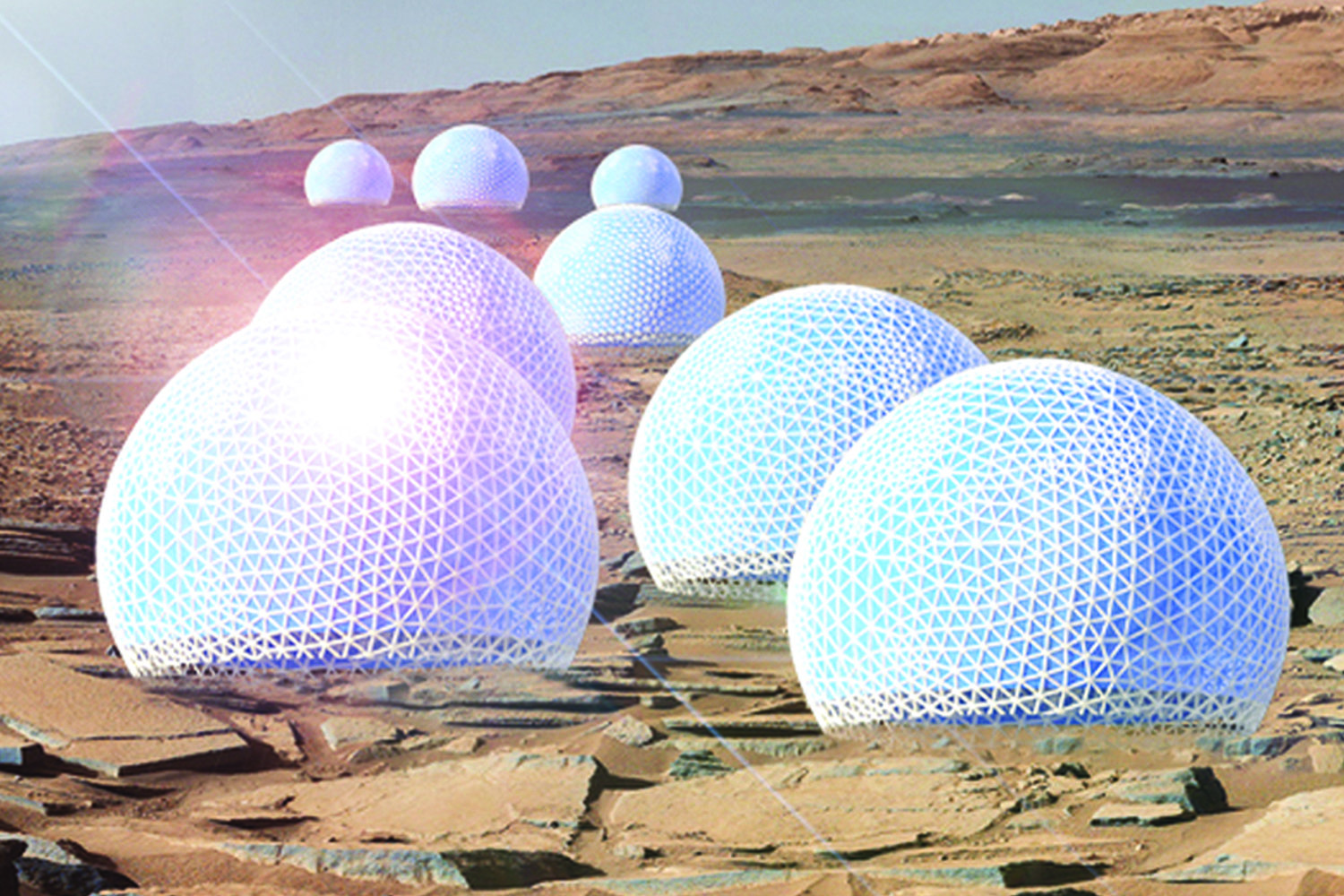
MIT Team Wins Mars City Design Contest for ‘Redwood Forest’ Idea
A team of engineers and architects from the Massachusetts Institute of Technology (MIT) has won the top prize for architecture in 2017’s international Mars City Design competition, which asks participants to design habitats that could one day be built on the Red Planet.
The competition, sponsored by both NASA and the European Space Agency (ESA), is one of many that asks participants to come up with creative solutions to the problems these agencies anticipate in the journey to Mars.
Like other contests before it, the Mars City Design competition aims to solve the problem of building livable and sustainable spaces on the Red Planet, from either the limited cargo astronauts would be able to bring with them or indigenous Martian resources. [How Will a Human Mars Base Work? NASA’s Vision in Images].